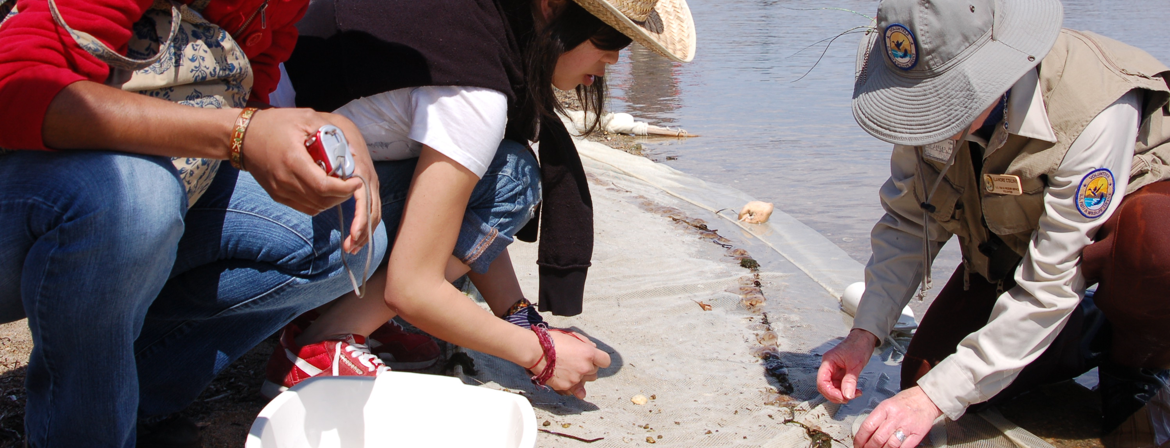Effective Dissemination of Energy-Related Information: Applying Social Psychology and Evaluation Research
Dennis, M., Soderstrom, E.J., Koncinski, W.S., Cavanaugh, B. (1990). Effective Dissemination of Energy-Related Information: Applying Social Psychology and Evaluation Research. American Psychologist, 45(10), 1109.
Prompting Electrical Energy Conservation in Commercial Users
Delprato, D. (1977). Prompting Electrical Energy Conservation in Commercial Users. Environment and Behavior, 9(3), 433-440.
Clinical Validation and Cognitive Elaboration: Signs That Encourage Sustained Recycling
Werner, Carol M.; Stoll, Robert; Birch, Paul; White, Paul H. (2002). Clinical Validation and Cognitive Elaboration: Signs That Encourage Sustained Recycling. Basic and Applied Social Psychology, 24, 3, 185 â 203.
A Diagnostic Approach to Increase Reusable Dinnerware Selection in a Cafeteria
Manuel, Jennifer C.; Sunseri, Mary Anne; Olson, Ryan; Scolari, Miranda (2007 ). A Diagnostic Approach to Increase Reusable Dinnerware Selection in a Cafeteria. Journal of Applied Behavior Analysis, 40, 301-310.
Littering as a Function of Prior Litter and the Presence or Absence of Prohibitive Signs
Reiter, S. M. & Samuel, W. (1980). Littering as a function of prior litter and the presence or absence of prohibitive signs . Journal of Applied Social Psychology, 10, 1, 45-55.
Increasing Desired Waste Disposals with Instructions
Geller, E. S. (1975). Increasing desired waste disposals with instructions. Man Environment Systems, 5, 2, 125-128.
Litter in a University Cafeteria: Demographic Data and the Use of Prompts as an Intervention Strategy
Durdan, C. A., Reeder, G. D. & Hecht, P. R. (1985). Litter in a university cafeteria: Demographic data and the use of prompts as an intervention strategy. Environment and Behavior, 17, 3, 387-404.
Prompting Anti-Litter Behaviors
Geller, E. S. (1973). Prompting anti-litter behaviors. Proceedings of the Annual Convention of the American Psychological Association, 907-908.
Application and Evaluation of Strategies to Reduce Pollution: Behavioral Control of Littering in a Football Stadium
Baltes, M. M. & Hayward, S. C. (1976). Application and evaluation of strategies to reduce pollution: Behavioral control of littering in a football stadium. Journal of Applied Psychology, 61, 4, 501-506.
Prompts and Posted Feedback: In Search of an Effective Method of Litter Control
Dixon, R. S., Knott, T., Rowsell, H. & Sheldon, L. (1992). Prompts and posted feedback: In search of an effective method of litter control. Behaviour Change, 9, 1, 2-7.



